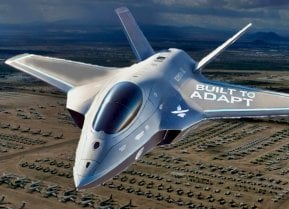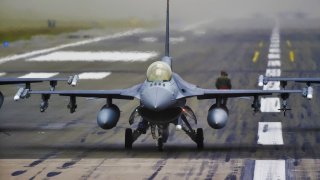Ukraine Is Getting 'Fleet' of F-16s and MiG-29 Fighters to Battle Russia
Ukraine’s Air Force is advancing with the addition of its first F-16s, which have already been deployed against Russian missiles and drones. Alongside these, Ukraine is expected to receive up to 36 MiG-29 Fulcrum fighter jets from Serbia via France, following a deal in which Serbia acquires French Rafale jets.
Summary and Key Points: Ukraine’s Air Force is advancing with the addition of its first F-16s, which have already been deployed against Russian missiles and drones. Alongside these, Ukraine is expected to receive up to 36 MiG-29 Fulcrum fighter jets from Serbia via France, following a deal in which Serbia acquires French Rafale jets.
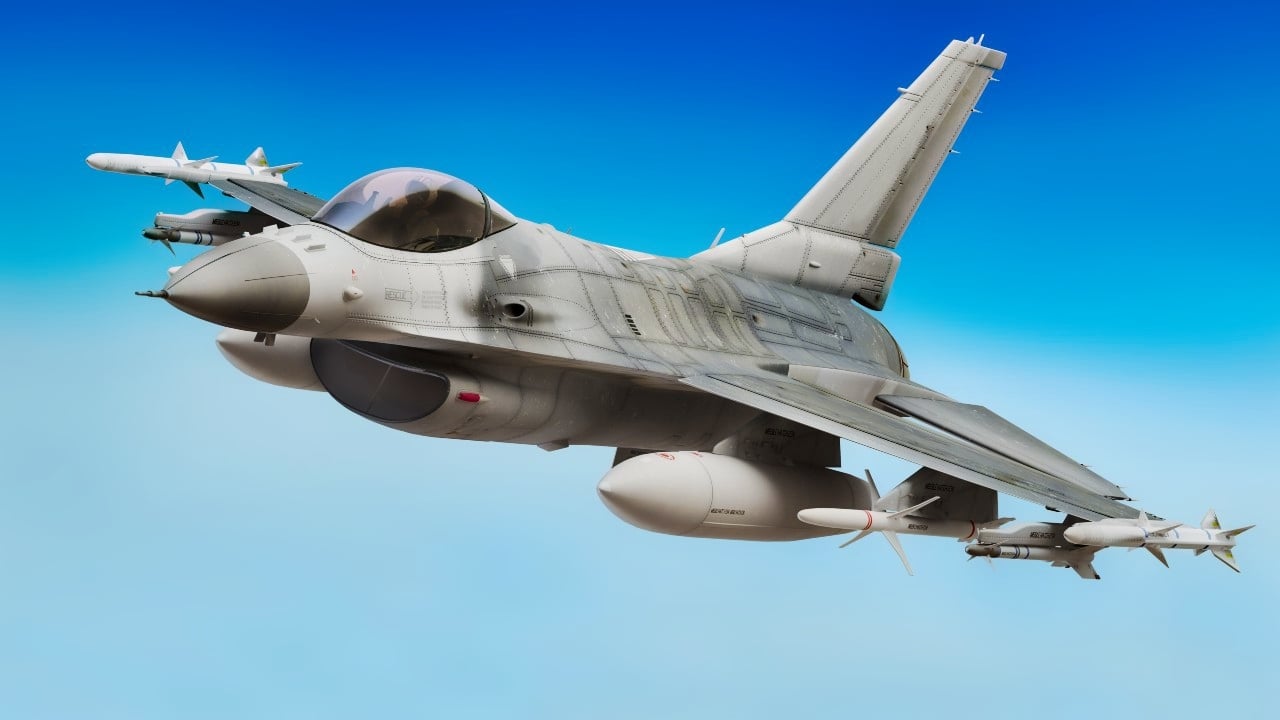
-The MiG-29s, with enhanced radar and combat capabilities, will seamlessly integrate into Ukraine’s fleet.
-However, an unforeseen challenge has arisen: Ukraine may have more aircraft than trained pilots, as resources are stretched thin between operating existing jets and training pilots for the newly arrived F-16s.
Ukraine to Receive 36 MiG-29 Fighter Jets from Serbia via France
The Ukrainian Air Force is living its best days after receiving its first F-16 Fighting Falcon fighter jets from NATO in August.
Already, the F-16s have taken to the skies, intercepting incoming Russian cruise missiles and suicide drones. Despite the loss of an aircraft, the Ukrainian Air Force is looking forward to the addition of dozens of additional F-16s over the coming months.
But it is very likely that Kyiv will be receiving dozens more fighter jets of another type, and from an unlikely country.
From Serbia to Ukraine via France
Kyiv will very likely be receiving up to thirty-six MiG-29 Fulcrum fighter jets over the coming months.
Serbia signed a $3 billion contract with France for the purchase of twelve F3R Rafale fighter jets. In the agreement, the Balkan country will deliver 36 Russian-made MiG-29 Fulcrum fighter jets to France before the end of the year. It is very likely that France will then send the fighter jets to Ukraine.
Paris has stepped up its military support to Ukraine. French President Emmanuel Macron has already adumbrated the delivery of Dassault Mirage fighter jets to Kyiv, and the training of Ukrainian pilots.
The Ukrainian Air Force already flies the MiG-29, so the new jets’ introduction into Ukrainian service would be simple enough. The Serbian aircraft are of the 9-13SE modification and sport improved radar capabilities that allow the aircraft to target and engage several threats simultaneously. They also have an increased combat load capability.
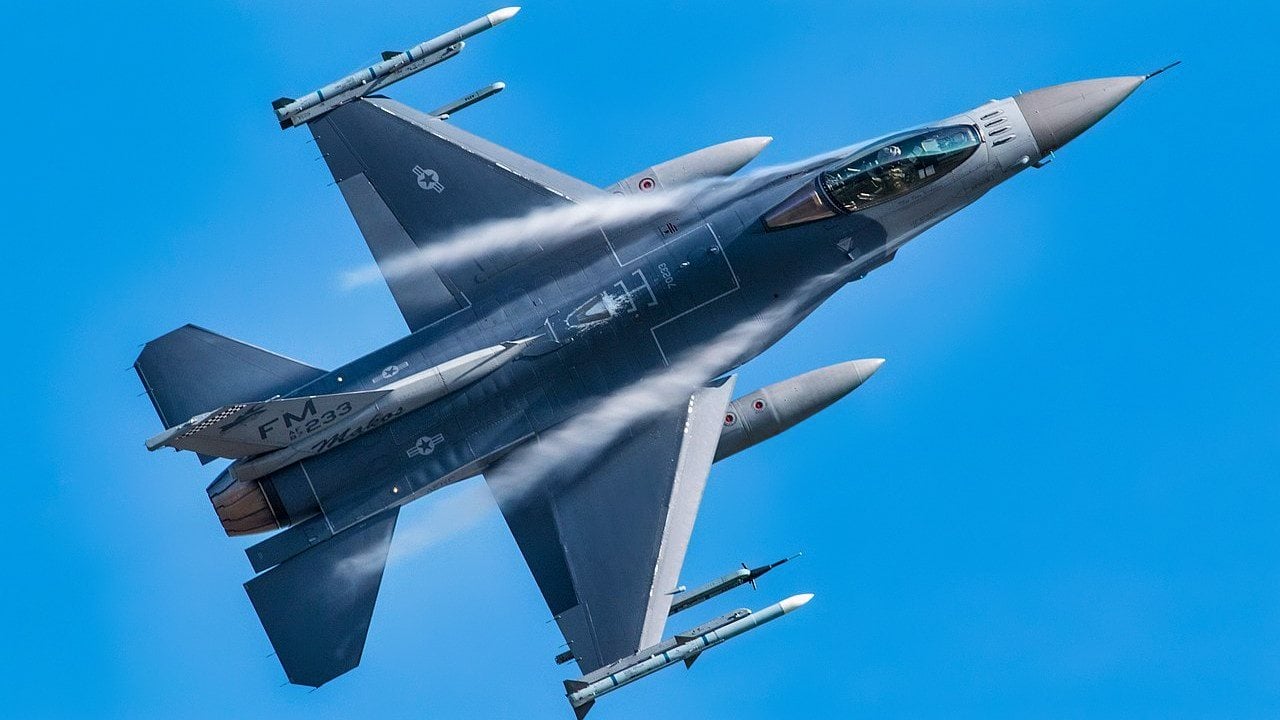
However, the Ukrainian Air Force might run into a problem it wasn’t expecting: having more aircraft than pilots.
An Unforeseen Issue
The Ukrainian fighter and attack jet fleet was rather small before the war began, numbering less than 100 aircraft. An existential fight with a nuclear power hasn’t really changed that. Today, the Ukrainian Air Force has between 90 and 100 fighter and attack jets.
The introduction of the F-16 will revolutionize the capabilities of the Ukrainian Air Force and greatly improve its qualitative level. But it is a new type of aircraft made with a completely different design philosophy. It takes months to get trained and proficient in the type, as a cadre of around a dozen Ukrainian pilots who have qualified to fly the F-16 found out.
In the meantime, the Ukrainian Air Force needs to maintain a constant presence over the skies to counter the Russian Aerospace Forces. Although air combat is rather limited due to the prevalence of air defense systems on the ground, fighter and attack jets fly daily sorties.
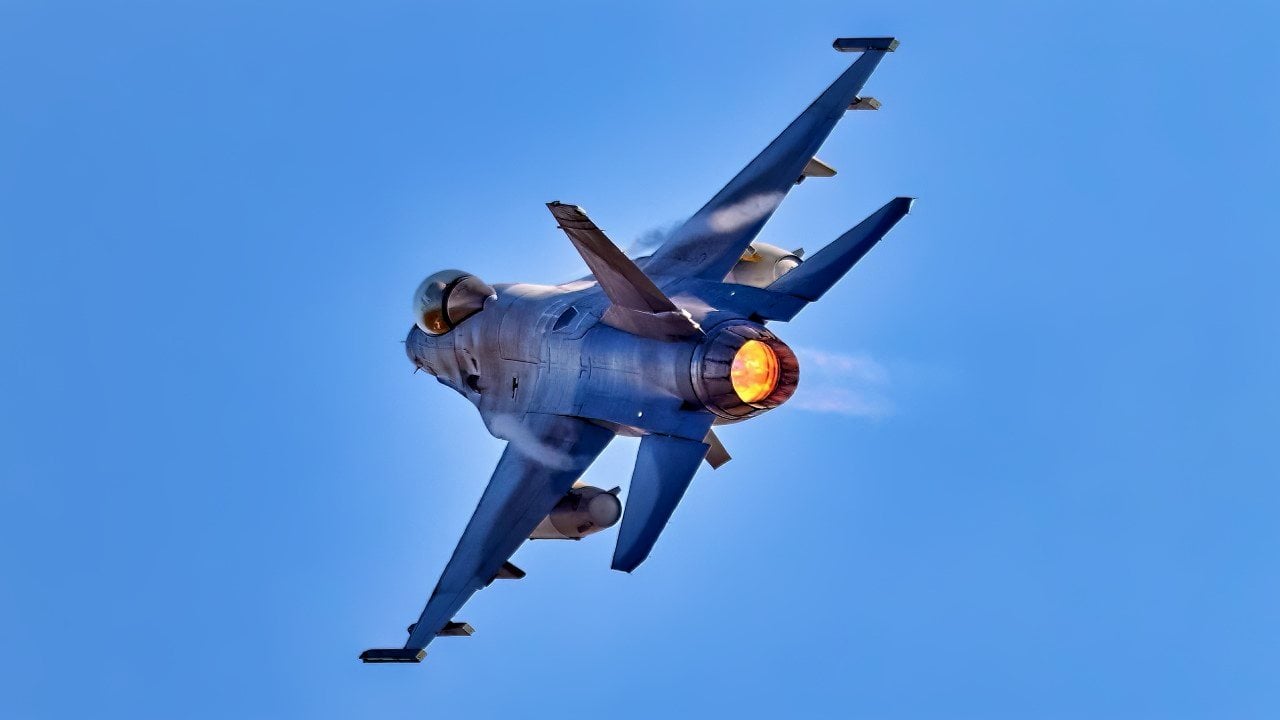
So the Ukrainian Air Force, which has a limited pool of trained and experienced pilots, needs to send some to the West to train and qualify on the F-16, while also having enough manpower to man its swelling fighter and attack jet fleet.
Although a good problem to have, it is still an issue that needs a solution.
About the Author
Stavros Atlamazoglou is a seasoned defense journalist specializing in special operations and a Hellenic Army veteran (national service with the 575th Marine Battalion and Army HQ). He holds a BA from the Johns Hopkins University and an MA from the Johns Hopkins’ School of Advanced International Studies (SAIS). His work has been featured in Business Insider, Sandboxx, and SOFREP.
Image Credit: Creative Commons and Shutterstock.
